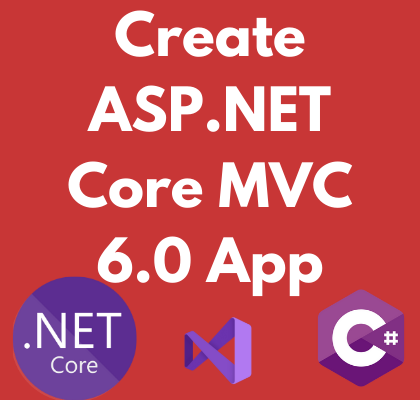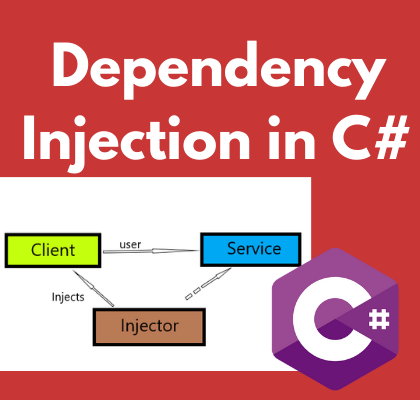Folder Structure Of ASP.NET Core MVC 6.0 Application
In this article, we are going to discuss the Folder Structure Of ASP.NET Core MVC 6 . 0 application. In the previous post, we have created an ASP.NET Core MVC 6.0 project. Here is the link. Let's Get started: 1: Open the project: Go to your folder in which you have created your project and double-click on the solution file. Now the project is opened and you can see the folders in solution explorer. Now let's understand the folder structure. 2: Open ".csproj" file: Right-click on your project file and select "Edit Project" to open ".csproj" file. After clicking on…









